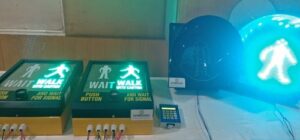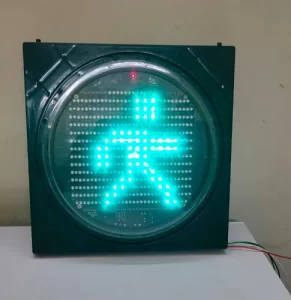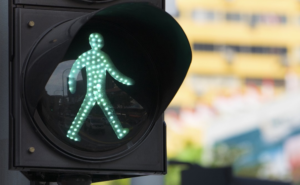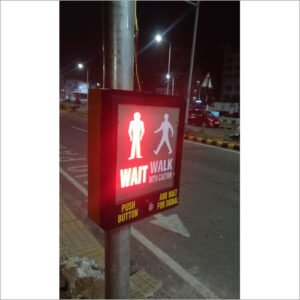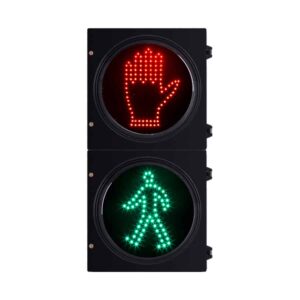A Comprehensive Guide to Fermator Door Drives for Maximum Efficiency
In vertical transportation, Fermator door drives have long established name for efficiency and reliability. One important point that must be discussed to recognize its importance is the role of door drives in an elevator system but before we go into deeper conversation on their significance, let us first review how it should work. Critical to the elevator opening and closing, these drives are essential components. Additionally, efficiency has a direct bearing on the performance and safety of elevator operations.
Significance of Fermator Door Drives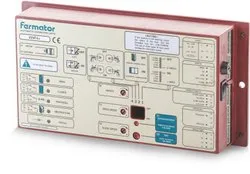
To start, proponents must grasp the significance of Fermator door drives to improving elevator efficiency. Smooth, prompt door movement is essential when it comes to elevator systems; not only does this contribute towards better passenger comfort and experience but also operational efficiency. This means that the door drives has a major contribution towards how good and smooth an elevator performs. In addition, the Quantum EL door drive is specifically designed to perform at a high level for ferry market and Fermator compact drives execute smooth performance which reduce failures leading downtime in this highly challenging environment.
 Efficiency and Reliability
Efficiency and Reliability
In addition, the Fermator door drives are arranged so that efficiency and reliability takes first place. Their advanced technology and sturdy make ensures smooth performance of doors even after prolonged use. Besides, these drives have also safety arrangements and you will not be in to any accident or bad incident. In addition, all Fermator door drives are tested and controlled according to industry standards assuring maximum customer satisfaction.
Advantages of Fermator Door Drives
In addition, the advantages of Fermator door drives are not limited to efficiency and reliability. Opening Drives – These drives with help you save power by opening the doors, and closing Drive automatically during stopping time. On top of this, they offer near-silent operation which in terms does wonders for the passenger ride experience by providing an even smoother and more serene ride. In addition to this, Fermator door drives is designed to be integrated with a variety of elevator systems so it can flex and adapt according customer taste or architecture specifications.
And Future Efficiency
Summing up, Fermator door drives are now the incremental elements that modern elevator system is liberally controlling for efficiency and reliability/safety. Architects, building owners and elevator manufacturers around the world favor their cutting-edge technology and engineering prowess. Moreover, with the increased need for smart and sustainable vertical transportation systems in buildings throughout Europe, Fermator door drives stand ready to establish a greater presence as elevator technology advances. It is for this reason that those engaging in the design, construction and maintenance of elevator systems need to know their significance and efficiency.

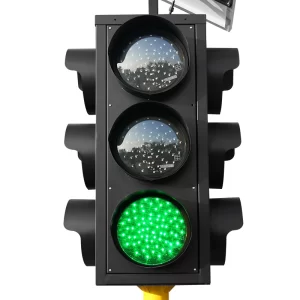
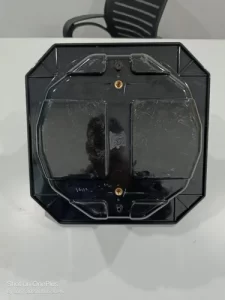
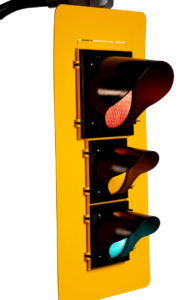 Sensors, and connectivity features are the trademarks of modern
Sensors, and connectivity features are the trademarks of modern  more effective management of today’s busy roadways. With cities ever-expanding and changing, the need for top-quality traffic signal housing becomes increasingly critical in order to guarantee road infrastructure safety and engaging progression.
more effective management of today’s busy roadways. With cities ever-expanding and changing, the need for top-quality traffic signal housing becomes increasingly critical in order to guarantee road infrastructure safety and engaging progression.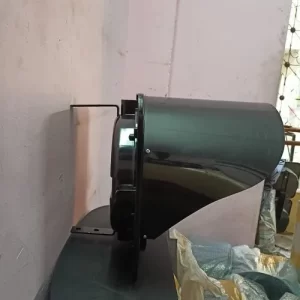


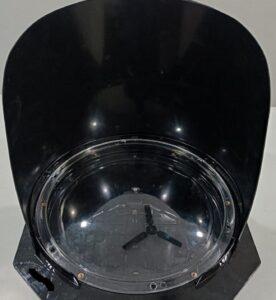
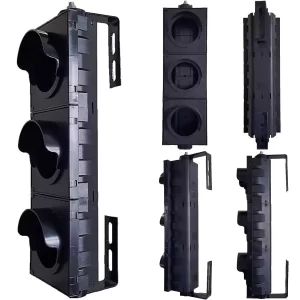

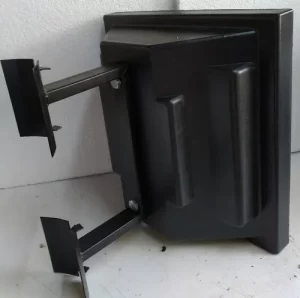
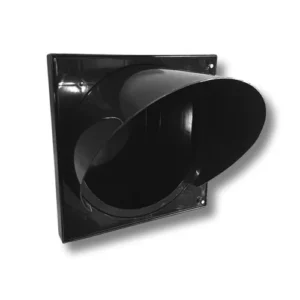
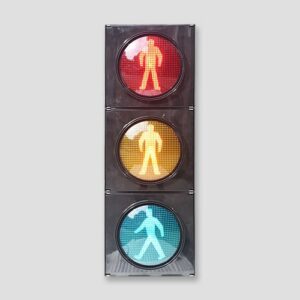
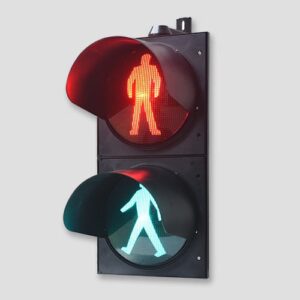

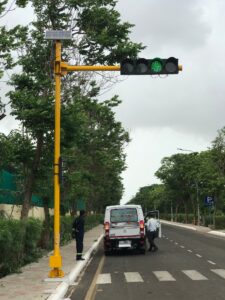 In cities, keeping transportation safe is probably at the top of any list city planners or traffic engineers will offer for their priorities. Pelican gated Pedestrian safety systems (PSS) — Ideal for both Crosswalks and Intersections. But just what is a Pelican controller and how does it help make our streets safer? Here is the ultimate guide for you to understand these revolutionary devices.
In cities, keeping transportation safe is probably at the top of any list city planners or traffic engineers will offer for their priorities. Pelican gated Pedestrian safety systems (PSS) — Ideal for both Crosswalks and Intersections. But just what is a Pelican controller and how does it help make our streets safer? Here is the ultimate guide for you to understand these revolutionary devices.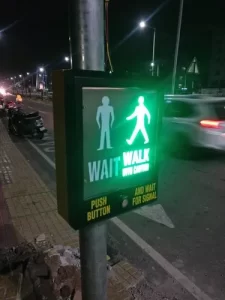
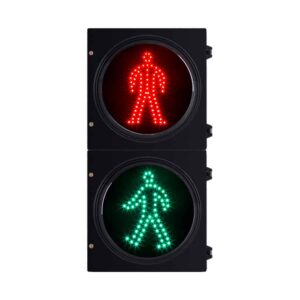
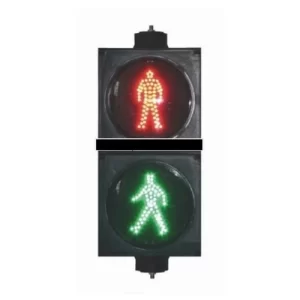 Safety is the priority in urban surroundings and pedestrian crossing controllers are absolute unsung heroes of it. Often overlooked, these devices are central to the management of pedestrian traffic at signalized and unsignalized crosswalks. What the heck are Pedestrian Crossing Controllers and how do they qualify as secret saviors of pedestrians in Bracelet? So, let’s know more about its working and importance.
Safety is the priority in urban surroundings and pedestrian crossing controllers are absolute unsung heroes of it. Often overlooked, these devices are central to the management of pedestrian traffic at signalized and unsignalized crosswalks. What the heck are Pedestrian Crossing Controllers and how do they qualify as secret saviors of pedestrians in Bracelet? So, let’s know more about its working and importance.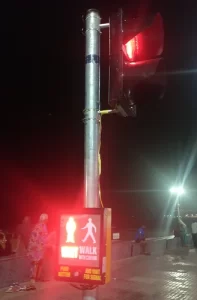
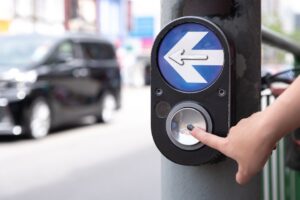
 These
These 